
OR
‘Mao’s embalmed body becoming center of attraction for Nepalis’
Published On: December 26, 2019 08:24 AM NPT By: CHETNATH ACHARYA
BEIJING, Dec 26: Besides the Great Wall of China, Nepalis visiting Beijing also seek to observe the dead body of Mao Tse Tung and offer their condolences. The embalmed body of the Chinese leader, who died on September 9, 1976, is preserved in the southern side of the centrally located Tiananmen Square.
The legendary communist leader remained a politburo member of the Communist Party of China from 1943 until becoming the chairman of the party in 1945, the post which he held until his death in 1976.
“Even after 43 years of his death, Mao is sleeping as a living person,” Bishnu Acharya, an academician affiliated with Ambition Academy, told Republica. Acharya, along with his wife Bidhya Ghimire were in Beijing for the second time in October this year. The couple initially did not believe that the body could be preserved intact for so long.
“We had heard about it in Nepal. But we could only believe it after we saw it by our own eyes,” added Ghimire.
The body of the deceased leader is preserved in a glass case with dim lights. The mausoleum is open to the public every day from 7 to 11 am except on Mondays. However, it remains open from 2-4 pm during the death and birth anniversaries of Mao. Visitors need to wait in a long queue for hours to get the sight.
Dr Budhi Prasad Sharma, an agriculture scientist, had visited Beijing twice before, but without any opportunity to visit the mausoleum of Mao. Dr Sharma had requested the organizers to do a favor. He was disappointed as they told him that one needed to be in a long queue, extending for many hours to get the sight of the dead body.
This October, Sharma along with his wife was in Beijing to participate in an international conference on potatoes. He had managed two additional days for his private trip after the formal program was over.
“It took two hours to reach near the entrance as thousands of visitors were in the queue,” Dr Sharma said,” However, I was denied entry as the security personnel found a camera in my pocket. I thought it was the end of my desire. I was very sad.”
Although Dr Sharma had given his other belongings to a friend, who was waiting outside, he happened to carry the camera. He had to return.
It was around 11 am in the morning, and the long queue was shortening. Suddenly Sharma thought of an idea. He returned the camera to his friend and rushed toward the line. To his delight, he was able to enter the mausoleum after a 30-minute wait.
A group of 20 chief executives of the local governments were on a three-week-long training in Beijing last November. Basanta Adhikari, the chief executive officer of Bardiya Rajapura Municipality requested the organizers to take them to the Mao’s mausoleum. As always, the organizers were apathetic.
But a Nepali residing in Beijing made all the arrangements for their visit to the site.
“The visit of the historic site is equivalent to the 3-week long training for us,” said Ram Acharya, an official at the Ministry for Federal Affairs and General Administration.
Similar is the experience of Kabi Raj Upreti, the chief executive officer of Bardibas Municipality, Mahottari. “I was able to see the body of the great leader who had died before I was born,” said Upreti.
Also, the leader of CPN, Dev Prasad Gurung, and his team paid a visit to the historic site six months ago. It was a long-cherished desire of Gurung to see the body of Mao, in whose name his party waged the people’s war from 1996 to 2006.
You May Like This

The Chinese are coming
There need be no doubt any longer. The Chinese are coming conspicuously and visibly—big and fast. Forthcoming months will witness... Read More...

China demands Canada release Huawei executive
BEIJING, Dec 6: China on Thursday demanded Canada release a Huawei Technologies executive who was arrested in a case that... Read More...
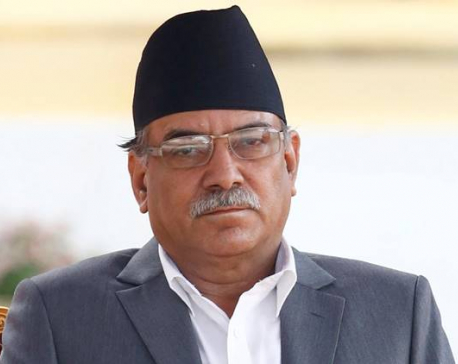
PM Dahal to discuss with Ex-PMs, China affairs experts before China visit
KATHMANDU, March 22: As Prime Minister Pushpa Kamal Dahal is preparing to pay an official visit to China on March... Read More...


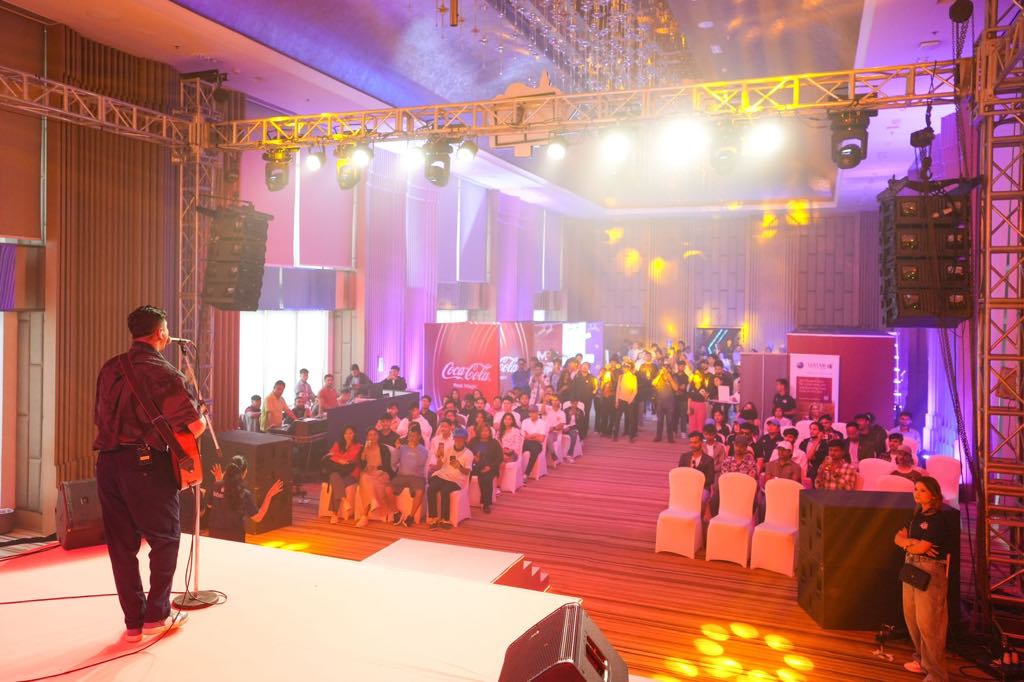


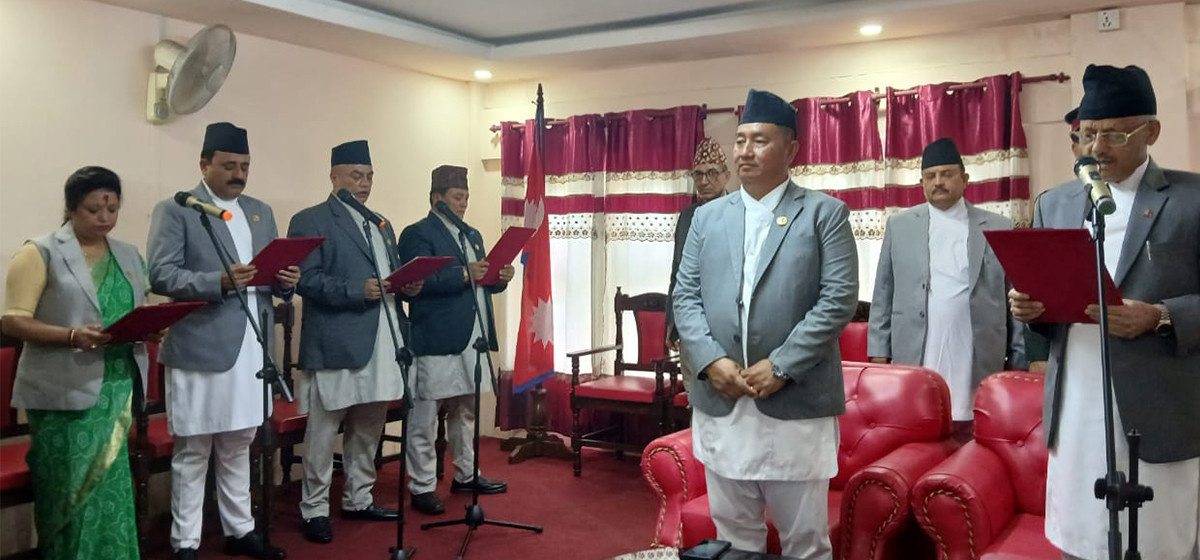
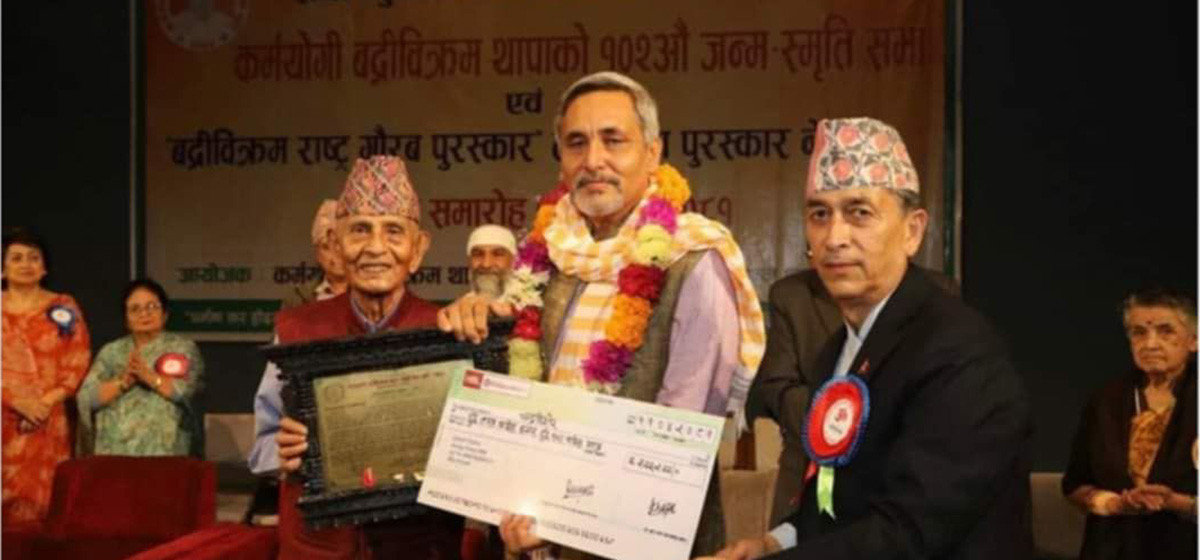
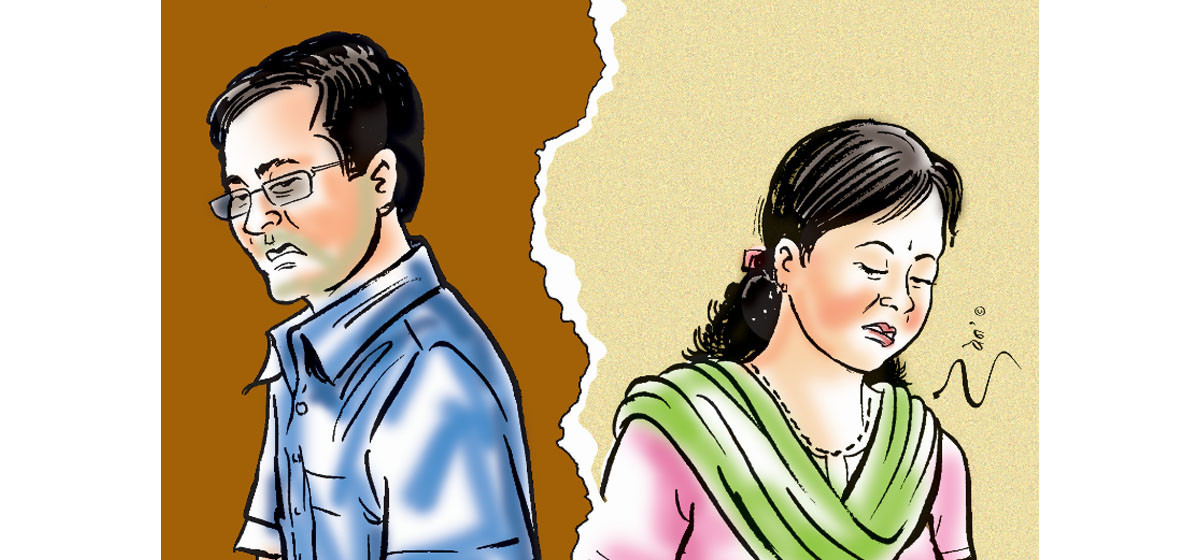
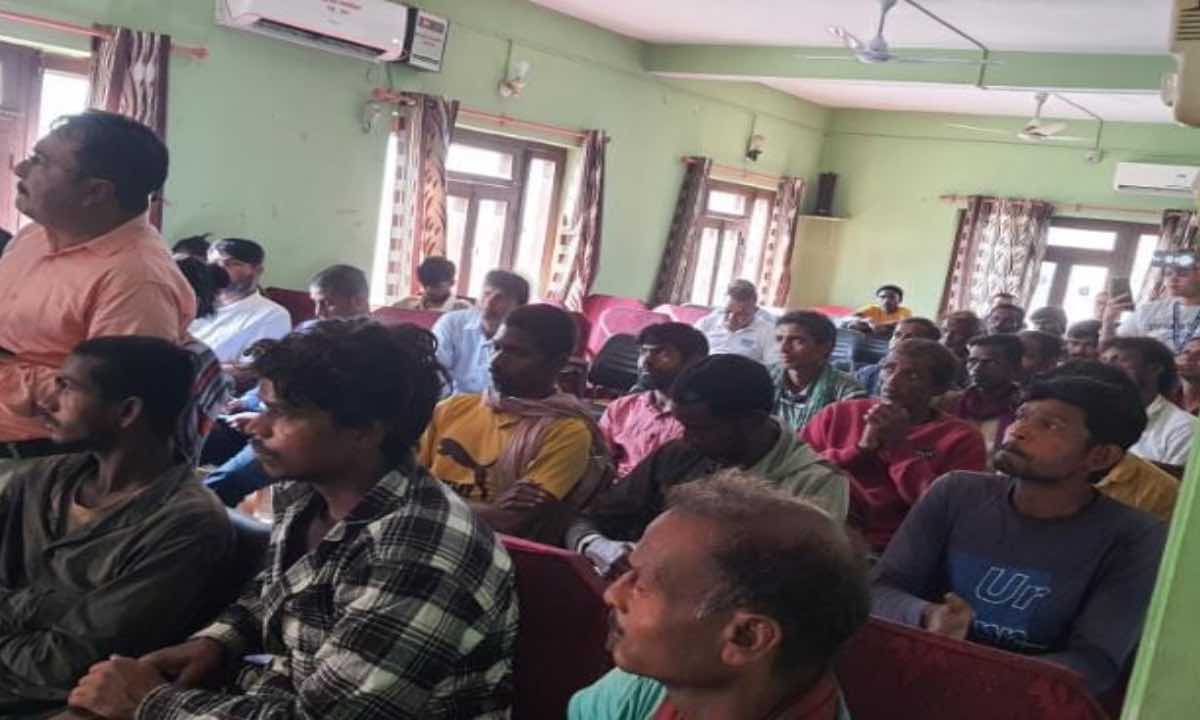
Just In
- Two children found infected with measles in Shuklaphanta
- Four NC ministers take oath of office and secrecy
- Dr Ruit and Journalist Chandra Kishore feted
- Kathmandu records highest number of divorce cases with 13 couples filing for divorce daily
- Rapid response team mobilized in Dhangadhi to contain cholera outbreak
- 28 workers held hostage in India rescued
- Simaltal bus accident: 40-kg magnet deployed to trace missing buses
- Youth of eight districts lead in foreign employment








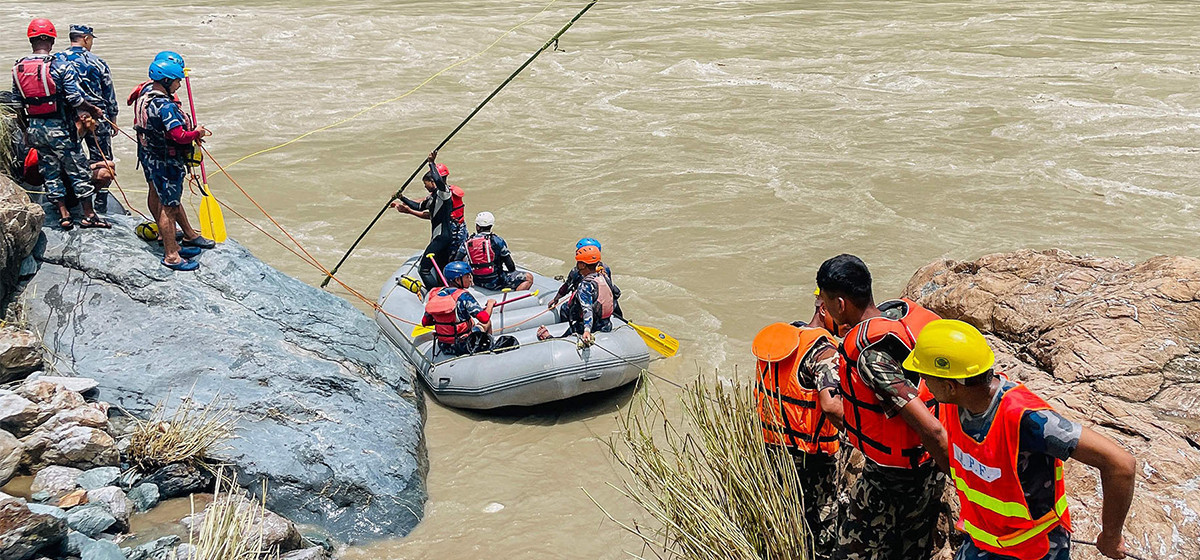
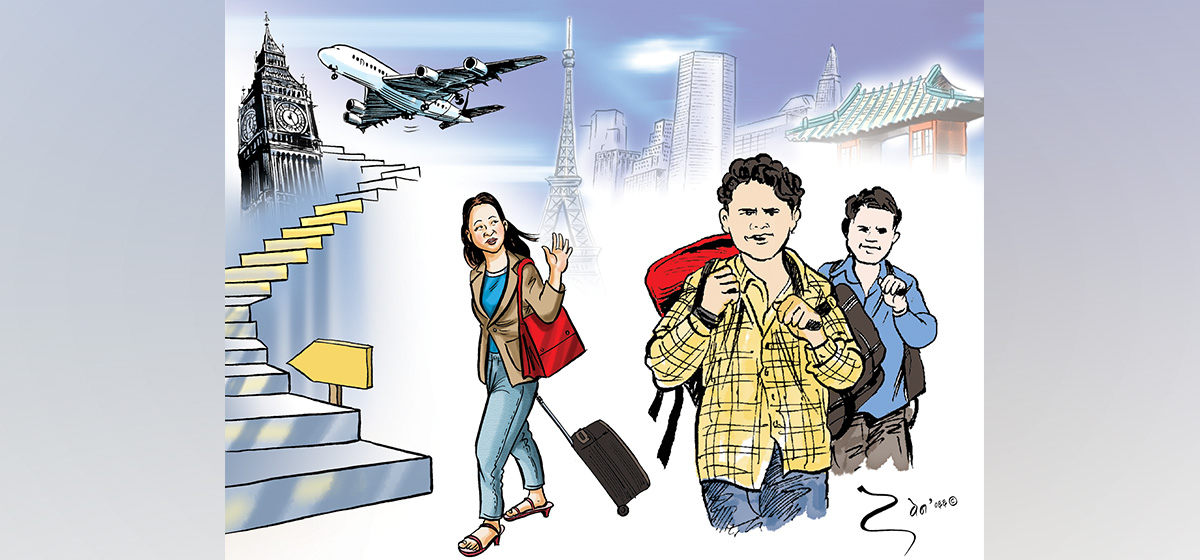
Leave A Comment